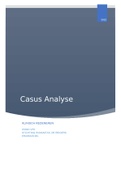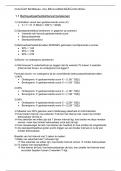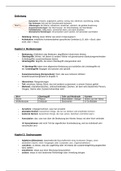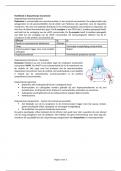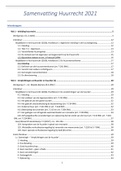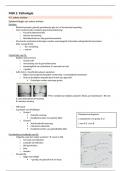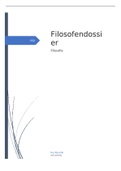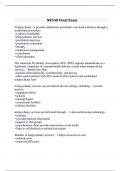Resume
Summary Personeelsbeleid (Human resource management)
- Cours
- Personeelsbeleid
- Établissement
- Universiteit Gent (UGent)
De zeer uitgebreide notities van de hoorcolleges, aangevuld met de informatie van de slides maakt dat deze samenvatting het hulpmiddel bij uitstek is ter voorbereiding op het examen. Het leren van deze samenvatting volstaat om met glans te slagen op het examen HRM.
[Montrer plus]




